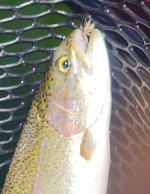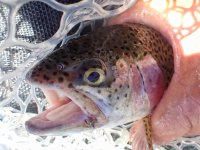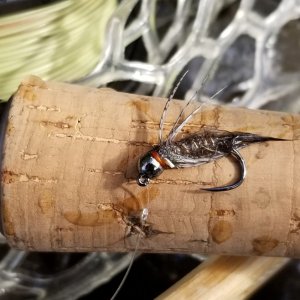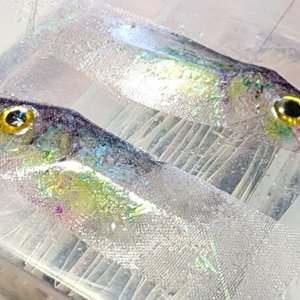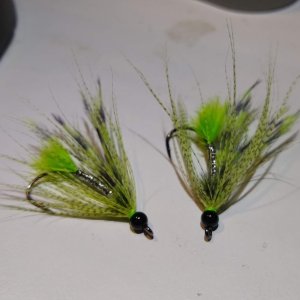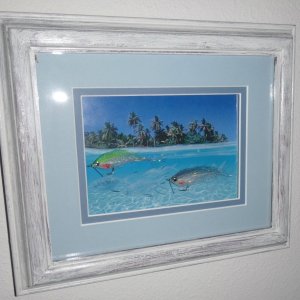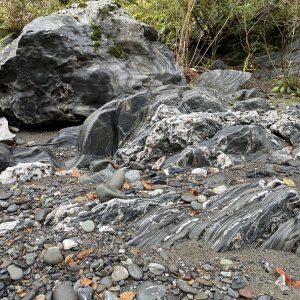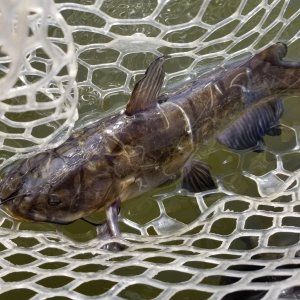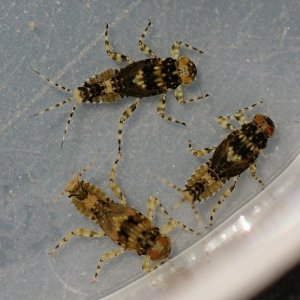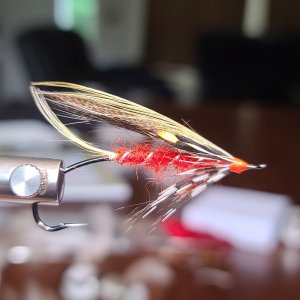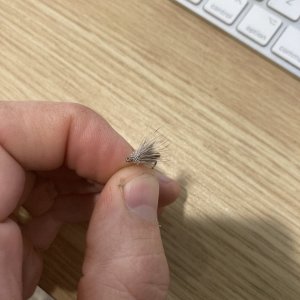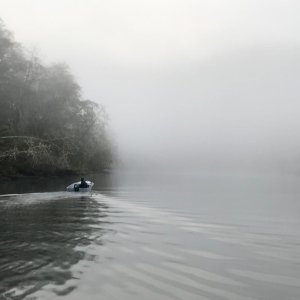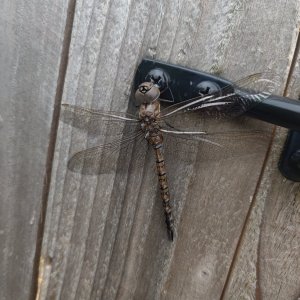Cowlitz Bottomfeeder
Life of the Party
There were four of us fishing a sparse Callabaetis hatch. Some of the fish would rise confidently and eat the fly. But for every hookup there were 3-4 refusals. Sometimes the fish would come up slowly and inspect the fly before moving on. Other times there would be a splashy rise but no hookup. We were all using long leaders with long sections of 5x tippet. Changing patterns between a cripple, parachute, or traditional Adams did not seem to make a difference. I think we were all using 14’s. I don’t think anyone tried a smaller size. Winds were calm to 10mph. Sunny to partly cloudy. Given the wave action, I don’t think anyone tried twitching the fly. Any insights into reducing the number of refusals?